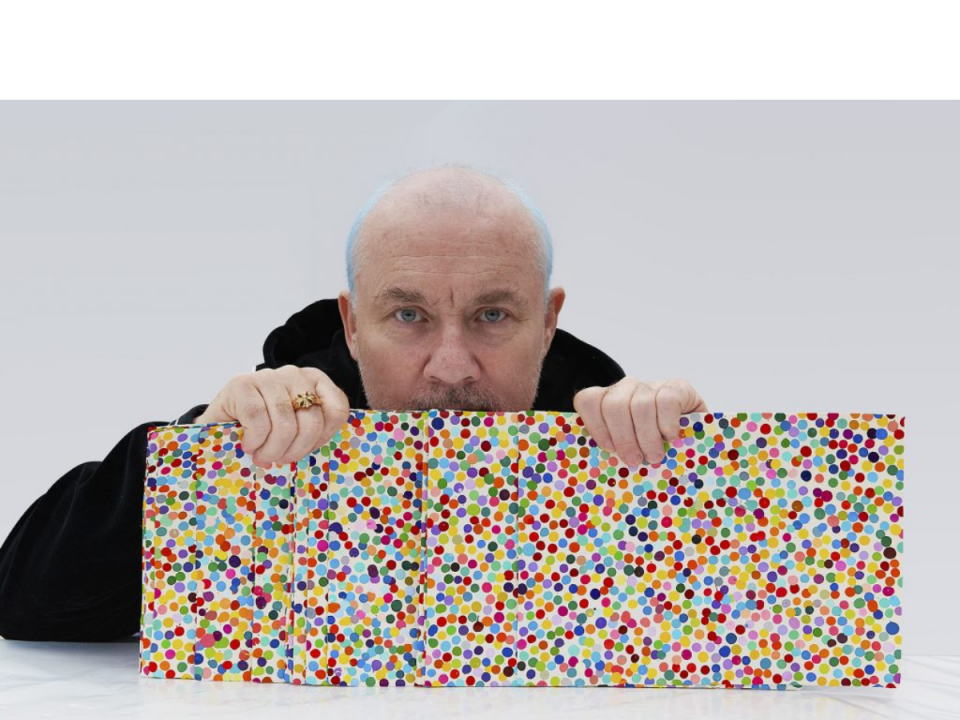The Currency, AKA Damien Hirst NFT project, has now passed a crucial milestone. The decision of whether to maintain the physical paintings that accompanied their NFTs or burn them in order to preserve the digital relics has now been made by collectors.
The paintings prevailed by a slim margin. 5.149 collectors elected to maintain their IRL pieces, whereas 4.851 went with NFTs. Hirst said on Twitter that he will keep the NFTs as a sign of his trust in the project while still holding 1,000 pieces from the collection. That indicates that he decided to burn 1,000 of his own original works of art.
The Currency (Damien Hirst NFT project), which launched in July of last year, partnered with online art company HENI to publish 10,000 of Hirst’s dot paintings that were kept in a safe UK vault on the green Palm blockchain. Although Hirst’s famous dot series first appeared on the art market in 1986, the New York Times noted in January that historically his assistants have performed the physical labor involved in creating them.
View this post on Instagram
In 2016, Hirst “dispensed the guidelines for his Colour Space paintings, and enabled the art to become more organic,” according to the website, which dates all 10,000 pieces of enamel paint on handmade paper. “From this exploration, The Currency evolved, with the spots seeming like atoms or particles.” Each has a Hirst watermark, microdot, and hologram in addition to being titled, stamped, and signed.
The titles are the result of machine learning on the lyrics of the artist’s favorite songs. In order to evaluate each work according to its relative rarity, machine learning also recognized important parameters including dot density, paint texture, and title length.
They calculated color rarity by mapping 10,000 RGB values and grouping them into seven categories, despite the fact that no precise hue appears again in the same painting.
